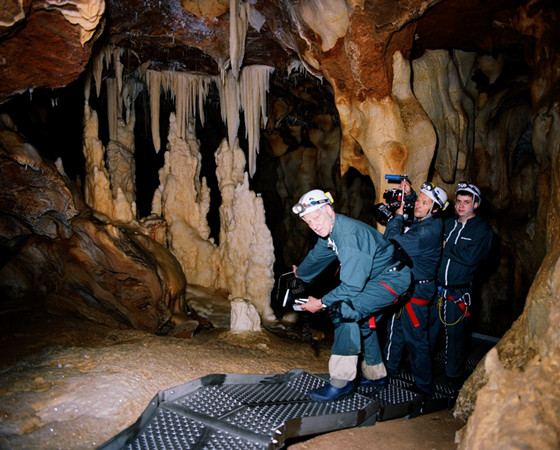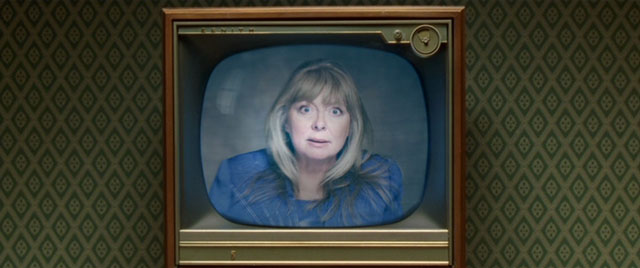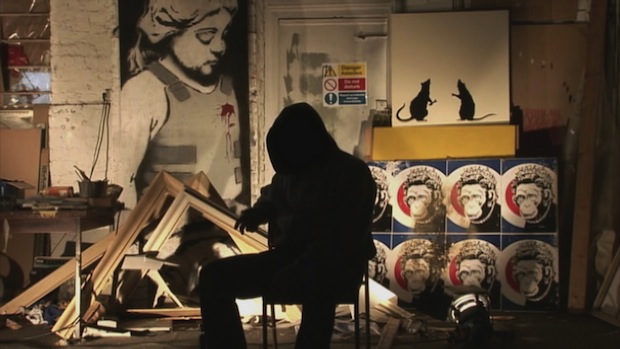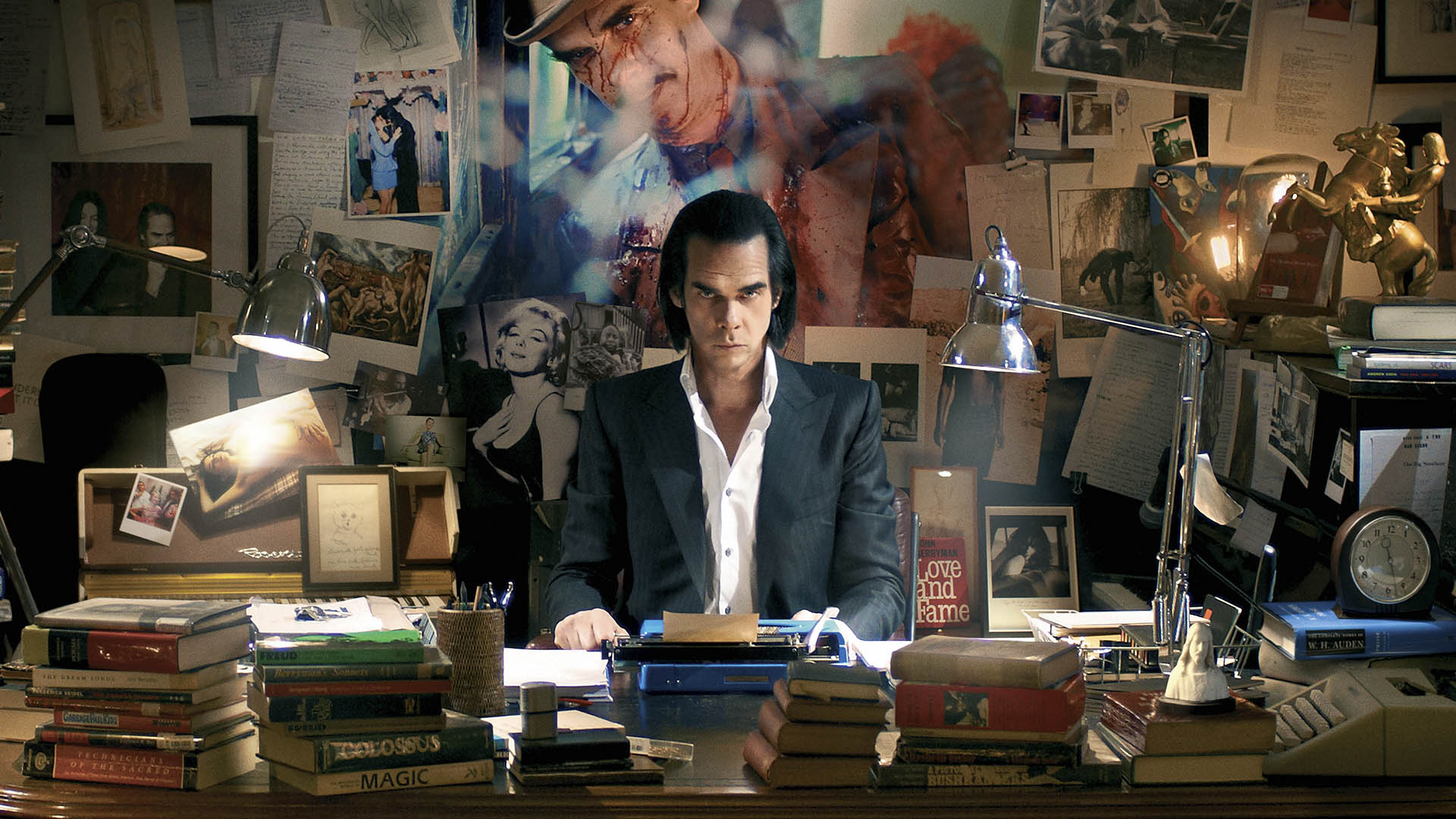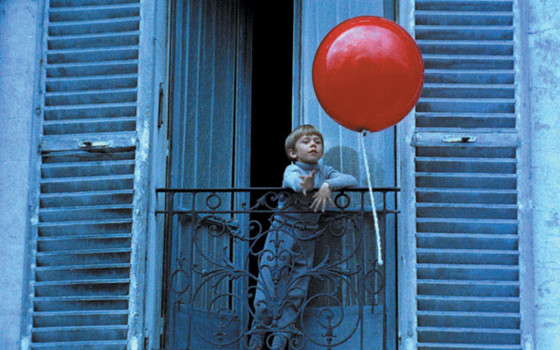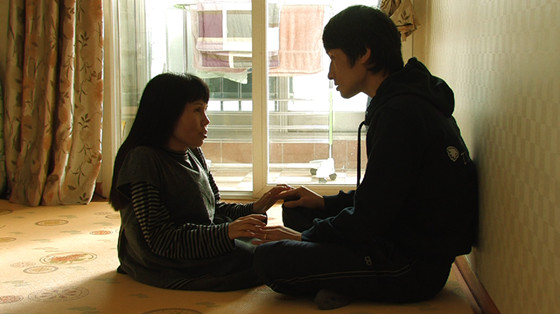The 15 Most Innovative Documentaries from The Last 5 Years
Innovation is nothing new. Almost since its conception, documentary has been reinventing itself, and many conventions of the genre, that we take for granted, were borne out of innovative evolutions of the form. Perhaps a development happening right now will become an expectation of future non-fiction films. Most attempt to find some kind of truth, however constructed or indirect, and this search is arguably what sparks changes.
The age we live in seems less certain of fact than any other, thanks, in part, to the immediate fact-finding power, and simultaneous contradictory evidence that constitutes the internet. It is unsurprising that a genre defined by documenting reality becomes ever more unstable in an era of uncertainty and mistrust. This list shows that as filmmakers reach for originality, honesty, and artistic truth, they are expanding the mode of documentary more radically than ever.
15. Stories We Tell (Sarah Polley, Canada, 2012)
From the beginning there is something peculiar about Stories We Tell, a sense of unease about what is shown, and a feeling of almost intoxicating nostalgia. Sarah Polley’s film tells the recent history of her own family, and mostly focuses on their memories of her mother, Diane, who died tragically early.
Polley hopes to bring her mother to life in some way, remembering her through home-movie footage and interviews with relatives and friends. Each person is another layer of opinion and perspective that contradicts the last, another ripple moving outward from the truth at the centre, distortions of the secrets her mother kept.
Truth is the red herring in Stories We Tell, and Polley baits the eager viewer with its illusion. The abundance of archive footage seems too convenient, somehow too relevant to the story, as if pre-packaged for future documentary material.
When it is revealed that mock archive footage of the family has been merged with the real home-movies throughout, the film’s ruse is unveiled. But rather than abuse the viewer’s commitment to the story, disarming them in this way proves just how unstable the truth can be in any documentary, and any narrative. Self-reflexivity is not uncommon in modern documentary filmmaking, but rarely is it explored in such an intimate context.
14. Cave of Forgotten Dreams (Werner Herzog, Germany, 2010)
Peering into the Chauvet caves, in the south of France, is like taking a step back in time. Discovered in 1994, the caves have been sealed and preserved for more than 20,000 years, and what was found inside is remarkable. Somehow undamaged by time or nature are long walls full of cave paintings and engravings, thought to around 30,000 years old; the earliest known pictorial artworks created by humans.
They are nearly all animals, mostly horses, lions, mammoths and even the figure of a woman, and the pictures have survived with brilliant clarity. Despite limited access to the cave, Werner Herzog was allowed to film inside for a short time, and his documentary does justice to the awe-inspiring images.
Cave of Forgotten Dreams provides the opportunity to see the murals, which so few people will ever actually be able to do. The camera lingers over every panel, and with Herzog’s insightful narration, the film becomes an absorbing, almost hypnotic exhibition of these ancient artefacts.
Unusually, for an observational film of this kind, Herzog released the film in 3D to enhance the experience of the caves. Something that might otherwise be documented factually is brought to life by Herzog, who imagines the artistic processes of our ancestors, and the cinematic precedence in their representations of motion.
13. Tabloid (Errol Morris, USA, 2010)
Errol Morris is no stranger to innovation in documentary. His 1988 film, The Thin Blue Line was groundbreaking in its use of reconstructions, and its role in reversing the verdict of a murder trial. Tabloid proves that more than two decades later, Morris is still just as inventive.
The documentary retells the story of an American woman, Joyce McKinney, a former beauty queen who became a tabloid sensation in the UK in the 1970s, for tracking down and kidnapping the man she loved. A string of other, equally bizarre stories kept her in the public eye, including the cloning of her pet dog, Booger, and her public persona appears increasingly absurd and intriguing.
However, Morris’ innovation is not the material itself, but how he chooses to engage it. He conducts interviews using his own invention, the “Interrotron”, a two-way optical device that means interviewees can stare directly into the camera, and see a video feed of the director, asking the questions like a face to face conversation.
The result is an intensity quite different from the average documentary. Looking into the camera lens is nothing new, but to have a face looking back at them gives the interviews a much more conversational feeling; a new attempt at finding documentary truth.
12. Exit Through The Gift Shop (Banksy, UK, 2010)
At first glance you would be forgiven for assuming that Exit Through the Gift Shop was a film about Banksy, the controversial and illusive figure who spearheaded a cultural movement that put street art on the map. You would only be half right.
This documentary instead gives the spotlight to Thierry Guetta, an amateur French filmmaker who tries and fails to make a documentary about Banksy and the rise of street art. Unimpressed after seeing a long-awaited cut, Banksy opts to take the footage, himself, and piece together a better film, sending Guetta on an art project of his own.
Exit Through the Gift Shop is at once a short history of street art on film and, in its final act, a record of Thierry Guetta’s unmerited, but extremely successful transition into artistic acclaim. This is no mockumentary, it all really happened, but the clue is in the title. Banksy’s film works as a critique of the commodification of art, and the Guetta portion of the film is thought to be a hoax, a fake artist set up by Banksy to prove the gullibility of the art world.
Dubbed a ‘Prankumentary’ by one critic, Exit Through the Gift Shop is, essentially, a Banksy installation, a satirical experiment to test the limits of art-world hype.
11. 20,000 Days on Earth (Iain Forsyth, Jane Pollard, UK, 2014)
One of the most inventive music documentaries of recent years, 20,000 Days on Earth, manages to be as eccentric as its star, Nick Cave. The film is a day in the life of the enigmatic musician, exploring the charms and habits of a music career that is now in its fourth decade, but to call it a ‘rockumentary’ would be too simple. Narrated and co-written by Cave himself, this film delves into the nuance and creativity of his persona, while simultaneously exposing its contrivance.
The sincerity in the film’s portrayal of Cave carries a healthy dash of poetic license; obviously staged encounters with those close to him appear scripted at times, and playfully improvised at others.
Through their creative choices, directors Iain Forsyth and Jane Pollard show the instability of memory and recollection, with words and images building into psychedelic montage, as if Cave were pouring out his brain onto the screen. It plays out like a documentary reconstruction, where he plays the lead role, and his erratic creative processes bleed into the film’s structure.
Even viewers unfamiliar with Cave will be intrigued by his character, not to mention the inherent narcissism in such an inward-looking approach, but just how much can be gleaned from his self-composed candour is up to you.
10. A Story of Children and Film (Mark Cousins, N. Ireland, 2013)
Mark Cousins is featured twice on this list, and with good reason. As a filmmaker he recurrently questions the definition of documentary, often with innovations that seem so personal to his character that they could not be generic. As a continuation of The Story of Film: An Odyssey (2011), the 15-part series that charted film history from its beginning to the present day, Cousins applies a similar format to A Story of Children and Film.
In this feature length documentary he returns to the childhood perspective that was so prominent in his earlier film, The First Movie (2009). Throughout cinema’s relatively short life, Cousins gathers examples – from all over the world, and from the mainstream to the obscure – where children took centre-stage.
Other documentaries have studied film in depth but rarely with such involvement and verve. Through lyrical, insightful narration, he considers the minute details and nuances that may have previously been overlooked. The film studies and appreciates the power and charm of innocence on-screen, where performances seem untainted by control or self-consciousness.
Cousins also films his own niece and nephew, using their behaviour as interesting jumping-off points, from which explores varying perceptions of childhood in cinema. This device and the sometimes surprising transitions from film to film, from one idea to the next, characterise the director’s idiosyncratic style. The format is engrossing and could conceivably be applied to any strand of film study.
9. Planet of Snail (Yi Seung-Jun, South Korea, 2011)
Planet of Snail is a story of togetherness and mutual dependence. The film centres on Young-Chan, who has been deaf-blind for most of his life, and his wife, Soon-Ho, who suffers from a spinal deformity. Their relationship is quite unique and utterly inspiring.
Young-Chan suggests that he lives and even dreams with the speed of a snail, and the film, unsurprisingly, moves at a meditative pace. Changing a light bulb for Soon-Ho is one example that becomes an extended sequence in the film, patient and arduous but all the more thrilling to see their delight in succeeding. What would be a minor task for most is a towering obstacle here, only overcome through their collaboration and care. Soon-Ho is his eyes and ears, typing finger-Braile onto his hands, and sometimes even feet, to communicate.
Director, Yi Seung-Jun’s innovation is subtitling this correspondence, to allow the viewer into this world of touch-communication. This is no whirlwind romance; the film gradually captures moments of compassion and quiet intimacy, and Planet of Snail becomes poignant, complex and moving, in a way that few documentaries have ever attempted.
Read more at http://www.tasteofcinema.com/2015/the-15-most-innovative-documentaries-from-the-last-5-years/#PbIKgcQSeJuD98bU.99


